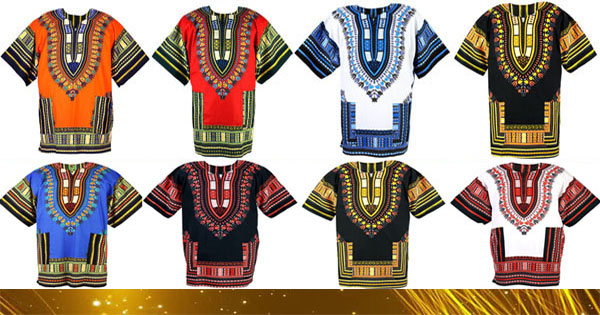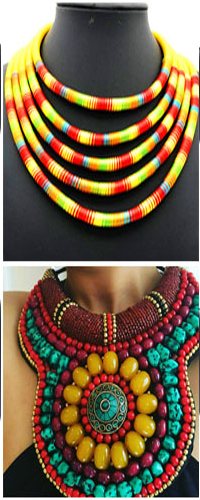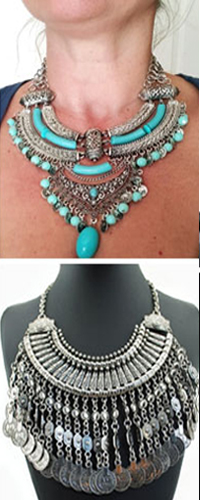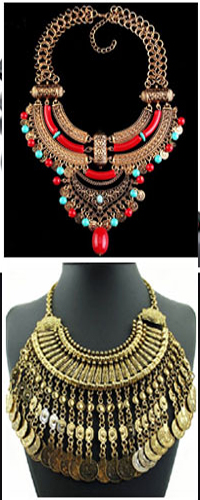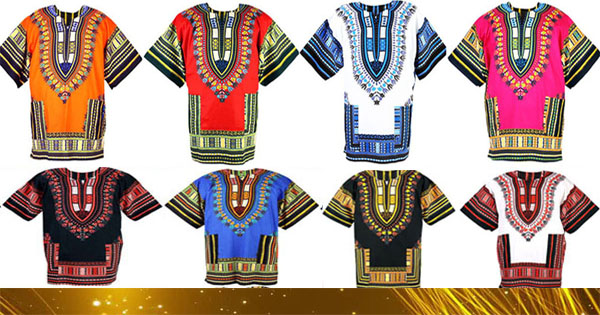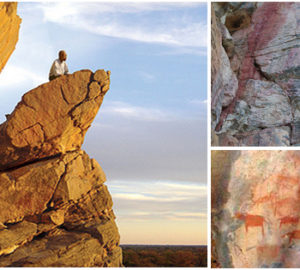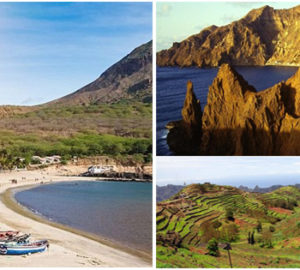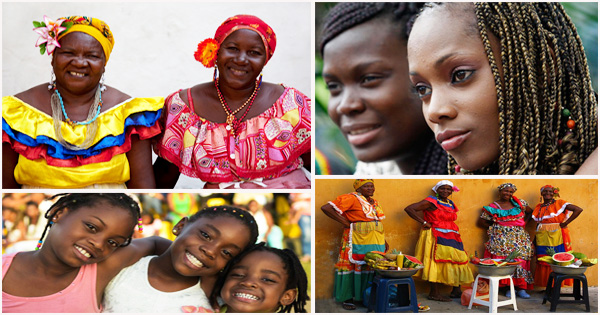
Afro-Colombians: proud of their African roots.
Afroculture.net goes on a journey to discover what is heard and not seen enough. We set foot in Colombia to discover the history of Afro-Colombians.
Qui sont les Afro-Colombiens ?
Afro-Colombians are the black people living in Colombia. They are descendants of African slaves deported during the Atlantic slave trade. Very proud of their African origins, they represent more than 10.5% of the total population of the country, or 1/5 of the population of Colombia. Colombia is the second largest concentration of the black population in Latin America.
Leur arrivée en Colombie
Between 1510 and 1851, the Spanish brought African slaves from Angola, Congo, Ghana, Guinea, Nigeria and Senegal to serve as labourers in Colombia. They were also there to replace the dwindling indigenous population, which was having difficulty coping with the work demanded. They are seen as soulless men and treated like animals. This slave trade was approved by the Catholic Church. They disembarked in Cartagena, which in the 17th century became the main port authorised to bring in African slaves.
This concentration of labour was used to work in various difficult sectors. They were chosen because they were strong, muscular, but also able to withstand the worst work.
_Mining: these slaves work in the gold mines of Antioquia and Choco, in the Cauca Valley and in the Magdalena River region.
_Sugar sector: they also work in the sugar cane plantations.
_Road maintenance.
_In the construction sector.
_In agriculture: they looked after the ranches and the livestock.
_ Domestic services: they helped in the settlers’ homes as butlers, maids and others.
Some notable revolts of Afro-Colombians
There have been revolts for freedom. One of the most important was in 1529 when the slaves burnt down the town of Santa Marta. It was rebuilt in 1531, but was burnt down again in another revolt in 1550.
In 1598, 4,000 slaves destroyed the most profitable gold mine in Zaragoza.
Palenques
Some slaves called “Cimarrones” fought with all their strength to have their freedom and affirm their Africanities. They took refuge in the jungle by creating Palenques. The first “palenques” were established in the 16th century along the Atlantic and Pacific coasts
We can also mention the very popular slave Benkos Biohó, from Guinea-Bissau, who organised a military resistance with fugitives to conquer Cartagena. They were located in the María Mountains. He later signed a peace treaty in 1605 that recognised the autonomy of Palenque de la Matuna. In 1608, he created the Palenque de San Basilio, which would remain one of the main places of expression of Afro-Colombian culture in the future.
The Spanish colonists had subdivided the blacks into different categories:
- African slaves born in Africa were called “bozales
- African creoles (criollos), born of African parents, were called “niggers
- Mixed African and indigenous people: zambos
- African and Spanish mestizos: mulatos
In 1851, there was the process of abolishing slavery in Colombia. But they were excluded from society without citizenship rights. It was not until 1991 that the new Colombian Constitution, under Article 55, considered them as legal persons, forming a community.
Life in Colombia
Afro-Colombians suffer from racism and racial discrimination. Their lives are very difficult, as they are considered second-class citizens. They are forced to survive from day to day and many live below the poverty line. They are considered a minority and are not represented in films. Marginalised, often excluded, black people often have demeaning roles in Colombia. They speak Colombian Spanish. Others speak San Andrés Creole and Caribbean English.
According to the CIMARRON movement:
- 61% of Afro-Colombians live in extreme poverty, below the poverty line.
- 79% earn less than the legal minimum wage
- 7% receive a salary of less than 40 dollars.
- Life expectancy is 55 years compared to the national average of 60 years.
- Illiteracy rate: Blacks 43% in rural areas and 23.2% in urban areas; Whites 20% in rural areas and 7.3% in urban areas.
- Only two out of every 100 black youth in urban communities go to university.
- 80% of Afro-Colombians cannot afford university education.
The cities with the highest Afro-Colombian populations are:
- Cali (542 936)
- Cartagena de Indias (319 373)
- Buenaventura (271 141)
- Barranquilla (146 538)
- Medellín (137 988)
- Tumaco (129 491)
- Quibdó (100 007)
- Turbo (99 274)
- Bogota (97 885)
- Riohacha (44 841)
The term “nigger” is rarely used in Colombia. It is considered disrespectful and derogatory. Afro-Colombians are referred to as :
- Moreno (brown)
- gente de color (coloured people)
- libres (free people),
- costeno (coastal people)
- Afro-Colombiano (Afro-Colombians)
- La Comuniado Negras (The Black Community)
Recognition and progress for the black community in Colombia
In 1990, the Colombian black political organisation emphasised “black identity”. In 1993, it gained ground. Law 70 was passed. It prohibits discrimination against blacks and better representation of the black community in government and industry. It also adds collective land rights to Afro-Colombians.
The Colombian Constitution of 1991 recognised the cultural rights of the country’s ethnic minorities and the right to own and live collectively in their ancestral territories. Law 70 of 1993, for people of African descent, and Law 60, for indigenous people, legally confer this right.
Regarding religion, most Afro-Colombians are Catholic.
African culture in Colombia
Art and music in Colombia are inspired by African culture. Examples are musical styles such as cumbia (from the Bantu word nkumbi, which means drum), abosao, vallenato, currulao, champeta, bullerengue, mapale, which come from the Afro culture.
There are many Afro-Colombian hairstyle competitions that still draw influence from their African origins.
Afro-Colombian hairdressing competitions are held once a year in Colombia. On 21 May, the celebration of the abolition of slavery (in 1831 in Colombia). There is a competition of Afro-Colombian hairstyles, with the aim of honouring the African culture and the people who work in it by styling Afro hair.
Pride of African Traditions in San Basilio de Palenque
On the Caribbean coast of Colombia, in San Basilio de Palenque, near Cartagena, the inhabitants live according to African customs, rites and traditions, as their ancestors did. This place is very famous, thanks to the signs where you can see Afro-Colombian women with black skin, wearing multicoloured dresses. They walk around swaying their hips, with cups of fresh fruit on their heads.
San Basilio of Palenque is considered, since the 15th century, as the first village of free slaves in South America. They symbolise the courage of the freedom struggles of the cimarrones, who fled their owners for a better life. The term “palenque” expresses a symbol of freedom because anyone who became a member was automatically free. This region is also considered the cradle of Colombia’s African cultural wealth. The palenqueras preserve the African traditions brought by their African ancestors. In terms of language, the Palenquera language is a creole language based on the Spanish lexicon, but with the morpho-syntactic characteristics of the indigenous languages of the African continent, especially Bantu. The researchers also detected that the Palenquero lexicon includes words from the Kikongo and Kimbundo languages.
Most of the inhabitants of Palenque still use their own language, their own style of music and dance. They practice a kind of voodoo, according to local legend.
Raizal people of San Andrés
The Raizals are called SIFAPARANS”. They are an Afro-Caribbean protestant ethnic group, who speak San Andrés-Providencia Creole. It is an English Creole, living in the archipelago of San Andrés, Providencia and Santa Catalina. They are strongly linked to the Caribbean cultural peoples of Jamaica and Haiti.
Like Afro-Americans, Afro-Colombians carry out DNA tests to find out which African country they come from.
|
|
What do you think of it?





